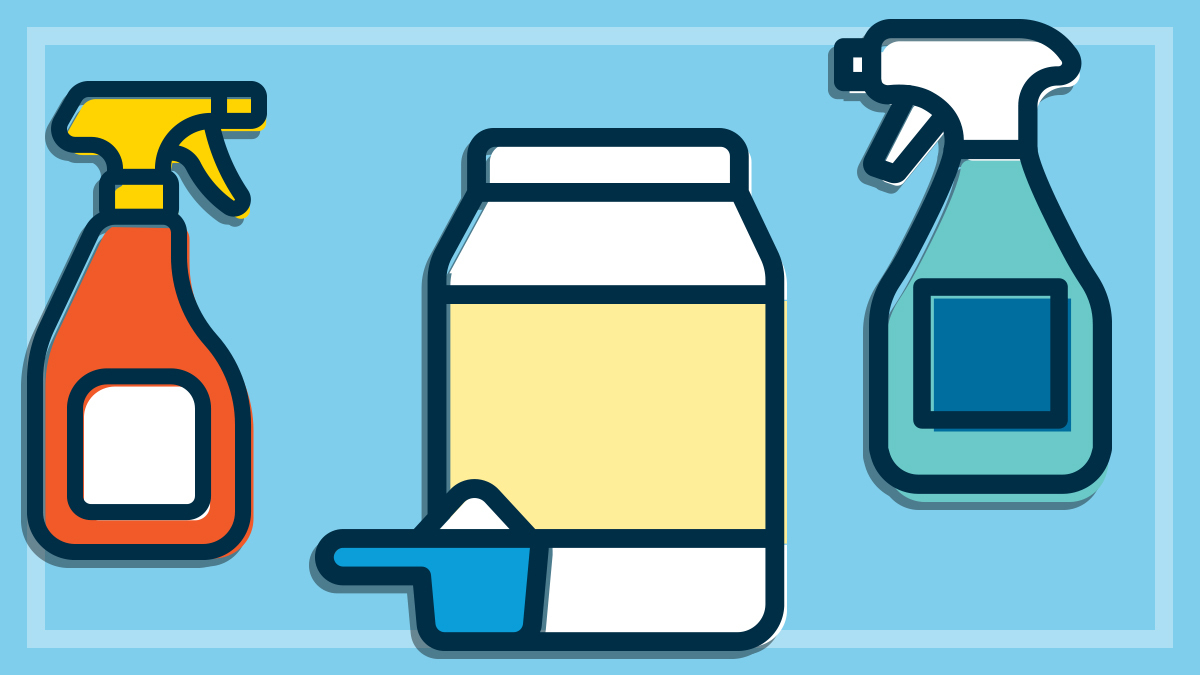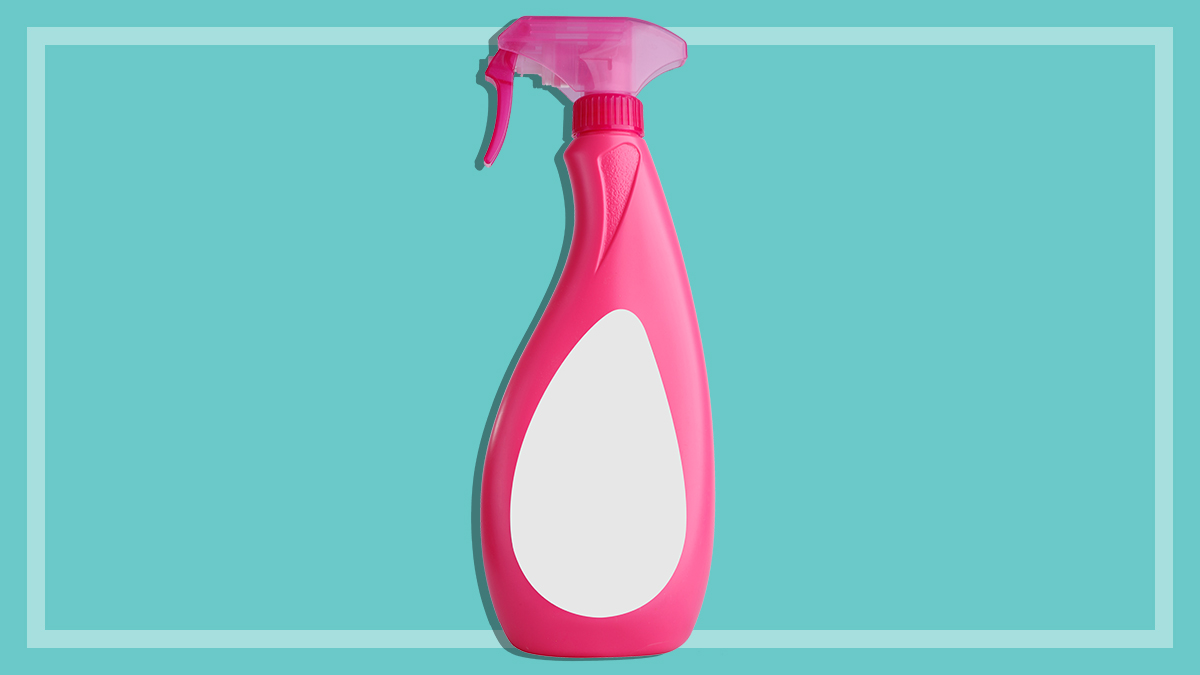Get our independent lab tests, expert reviews and honest advice.
How to buy a great stain remover

Cooking, eating and even just getting ready for the day presents plenty of opportunities for food, oil, coffee or make-up to land right where you don’t want it.
On this page:
- What is a stain remover?
- Types of stain removers
- How stain removers work
- Do I need a stain remover?
- Powder or spray: Which is better?
- Can a stain remover be used on fabrics like doonas and sofa covers?
- How much do stain removers cost?
When the inevitable spill happens on clothing or other household fabrics, it’ll leave a spot and you’ll probably need a stain remover to clean it.
For the best chance of success, you’ll want to tackle the stain quickly before it sets in. That’s why it’s essential to have a good stain remover on hand in your laundry arsenal.
But which type should you choose – a laundry soaker or a pre-treat spray? And what’s the best way to use them? We take you through your options so you stand the best chance of returning your laundry to its former glory.
What is a stain remover?
Stain removers are products that help to lift, dissolve and remove stains that are unlikely to come out in your regular washing cycle.
Some stain removers are designed for soaking your item in before washing, while other are applied directly to the stain right before you put it through the wash. Some can also be used as in-wash ‘booster’.
Each option provides a more targeted approach to stain removal, compared to washing the item with laundry detergent alone. But teaming your stain remover with one of our top scoring laundry detergents can go a long way too.
Types of stain removers
There are two main types of stain removers that work to lift, loosen and remove stubborn stains:
Laundry soaker
Laundry soakers are usually powder formulations that commonly claim to whiten whites and brighten colours. They can usually be used in one of two ways:
- In-wash booster: Add the product to the washing machine to increase the cleaning power of a washing cycle.
- Soaker: Instructions usually recommend dissolving the powder in warm water and soaking your stained items over a couple of hours before adding them to the washing machine.
We test laundry soakers using the soaking method rather than as in-wash booster.
Pre-treat spray
Pre-treat sprays are a more targeted and simpler approach to stain removal. Unlike soakers that need a bucket of warm water and to be left to soak for hours, a pre-treater is simply sprayed onto the stain and the garment then added to your wash.
Stick stain removers
There are also products that look similar to a deodorant stick that you rub directly onto stains. They’re compact in size and conveniently portable, which means you can take it with you anywhere so you’re ready to strike when a stain happens. We haven’t tested this type of stain remover.
How stain removers work
Powder laundry soakers commonly use sodium percarbonate (oxygen bleach) as their active ingredient. Oxygen bleach is gentler than household bleach and can be safely used on most washable fabrics, including colourfast items.
It’s less corrosive and environmentally harmful than chlorine bleach but takes longer to work, which is why soakers commonly instruct you to soak items for at least two hours.
Pre-treat spray stain removers and liquid soakers generally have hydrogen peroxide as their active ingredient. Hydrogen peroxide is an oxidising agent in oxygen-based bleaches and works to break down the colour causing sections of stains to remove their appearance.
Pros and cons of enzymes
Stain removers may also contain enzymes, which are proteins that help to catalyse (in other words, speed up) the breakdown of the substances that cause stains, so that the stain can be washed away.
Enzymes can be effective on tough stains made of starches, proteins or fats, but they can cause irritation, so you might want to avoid them if you have sensitive skin.
Why you need to take care with stain removers
If used incorrectly, a stain remover can cause more damage than good.
The instructions usually state what fabrics they can’t be used on – commonly silk, denim, linen, wool, delicates, leather and embroidered garments.
Check and follow the product’s instructions, particularly when it comes to how long the product should be left to sit or soak.
Do I need a stain remover?
You’ll need a stain remover if you’re commonly dealing with stained clothes, such as grass and mud stains from kids’ sports, oil stains from cooking splatters, or food stains from a messy lunch.
Even if you’re super careful and only encounter stains on the odd occasion, a stain remover is still a handy product to have on standby.
If you don’t have a stain remover on hand, you can attempt to tackle some types of stains with staples from your cleaning cupboard.
Dishwashing liquid can be used to target grease and oil stains, and liquid laundry detergent can be left to sit on grass and mud stains.
DIY stain remover spray
Alternatively, you can make your own stain removal spray by mixing 200mL of hydrogen peroxide and 100mL of dishwashing liquid in a spray bottle.
In our test, this stain remover home recipe was OK overall and gave good results for grass, mud and tomato stains.
Powder or spray: Which is better?
Having a trusty powder and spray stain remover in your laundry cupboard is useful for different situations.
Powder stain removers are useful if you’re treating clothing with set-in stains, have clothing that’s heavily stained or have lots of items that need soaking. On the other hand, spray stain removers are useful if you’re treating small stains or if you’re getting to the stain quickly, before it’s had a chance to set in.
Can a stain remover be used on fabrics like doonas and sofa covers?
It’s important to check the care and cleaning instructions for items like doonas, sofa covers and curtains, as they may have their own specific recommendations for cleaning marks and stains.
It’s also worthwhile checking the instructions on the stain remover you’re using. Each product will usually specify areas it’s not suitable for use on.
There are also some products, generally spot cleaners, that are specifically for use on upholstery.
If you have stained carpet, we’ve tested carpet stain removers that can provide spot, stain and general carpet cleaning.
How much do stain removers cost?
In our lab test, pre-treat sprays ranged in price from 29 cents up to $4.50 per 100mL. Laundry soakers ranged in price from 35 cents to $1.70 per 100g. And as we often find, the most expensive products may not be the best performers, so it pays to do your research.






